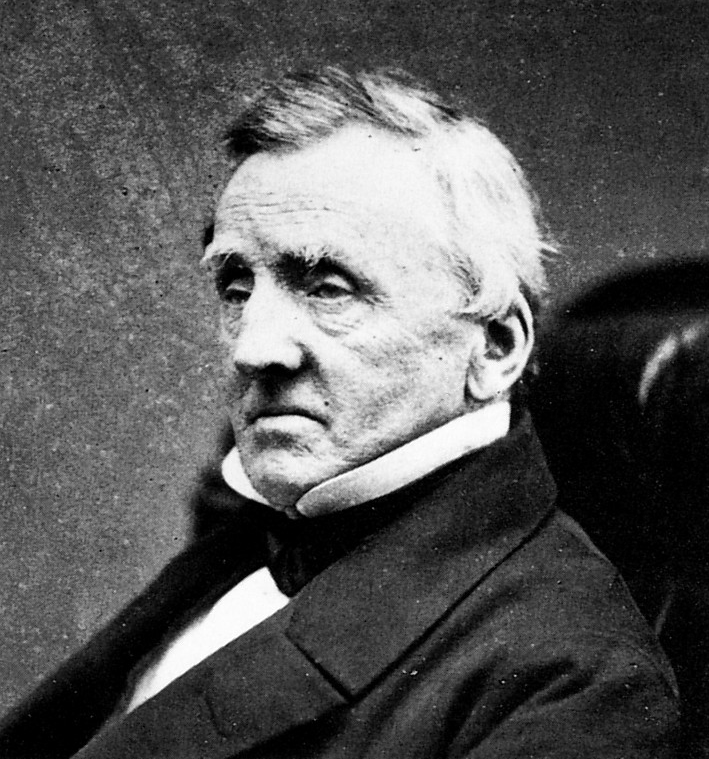Dr. Nathanial Bagshaw Ward
The Wardian Case
It's the anniversary of the death of Dr. Nathanial Bagshaw Ward, who died on this day in 1868.
Ward developed the first terrarium in 1829. When he accidentally grew a fern in an insect jar. It was quite by accident. A fern spore had gotten into the jar; Ward was using to observe insect behavior. When the jar was sealed, the spore grew into a fern plant. Ward suddenly realized that if plants were enclosed in airtight glass cases, they could survive without water for long periods of time. That's how the Wardian case came to be.
Wardian cases were very simply constructed; they were made out of wood and glass. They looked like little portable greenhouses that could be put on the deck of the ship.
They had to sit on the deck of the ship, not placed down below in cargo because Wardian cases needed the sunlight to hit the glass in order to create the perfect microenvironment for plants.
The cases were an enclosed system. The side flaps, that would open to allow plants to be placed inside, would close before starting the long voyage. They would get nailed down and then get tar paint applied over any seams to seal the case. The plants inside would be in pots or there will be soil on the bottom of the case. There would also be a series of battens to prevent the plants from rolling about inside the case.
It was a game-changer for plant explorers. The plants lived on the ship in the cases for 6 to 12 months.
Prior to the Wardian case, saltwater and sun killed most plants on their way back to England.
With the Wardian case, plantation crops like tea, rubber, and sugar - as well as medicinal and ornamental plants - could be moved among the Botanic Gardens of the British Empire
This post was featured onThe Daily Gardener podcast:
helping gardeners find their roots,
one story at a time






